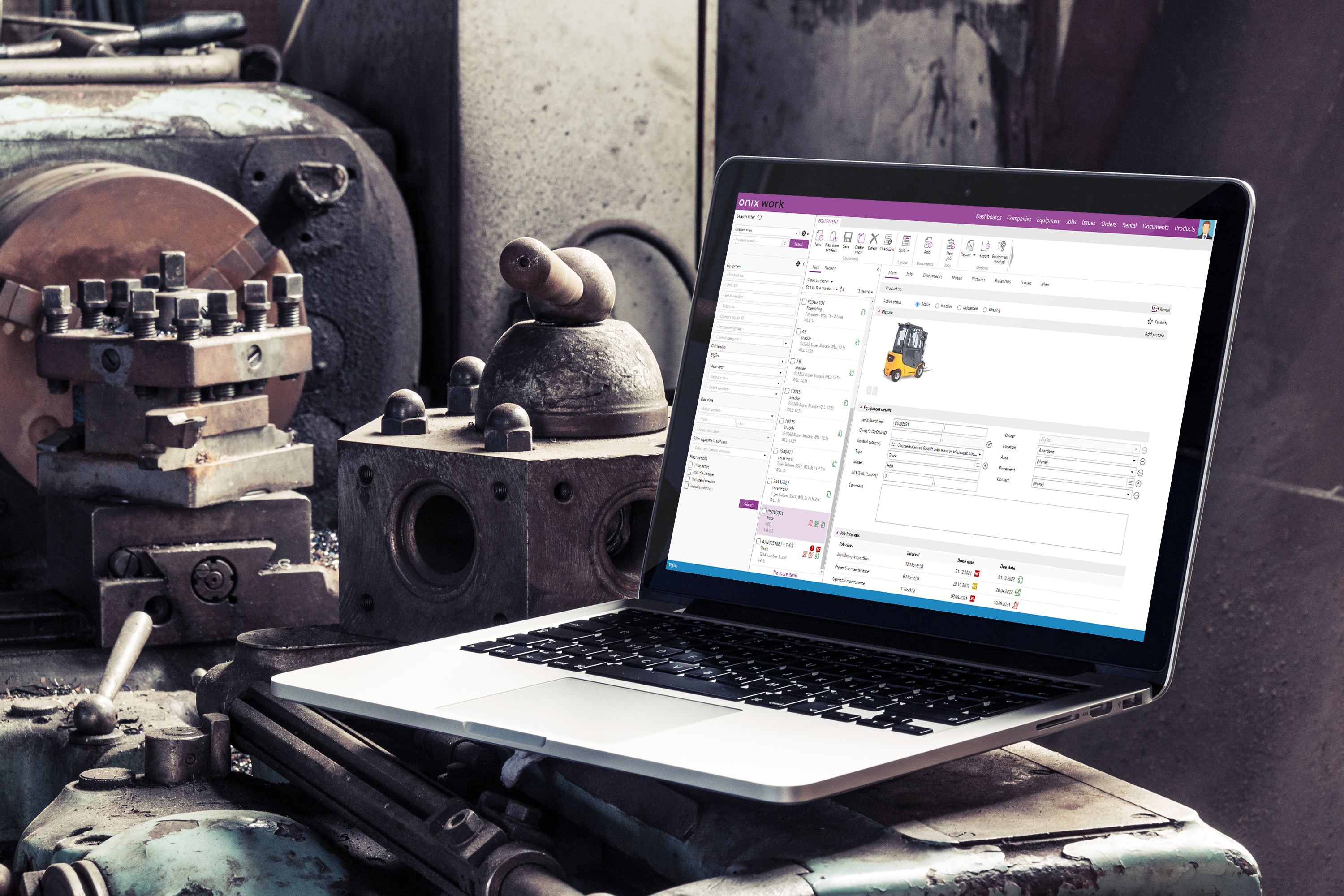
4 potential pitfalls when implementing Onix – and one thing you surprisingly don’t have to worry about
While Onix is at the low end of the scale when it comes to risk, there are always a few important things to avoid when implementing any new system – and one thing you might expect to go wrong, that you surprisingly don’t have to worry about.
- Forcing it on an unwilling organization
The human factor is the most common point of failure when implementing a digital solution such as Onix. It’s simply impossible to have a successful implementation if the workers feel like the decision has been made over their heads or if the management is absent in the process.
Every level of the organization, from top to bottom, must be involved in the project and agree that the change is necessary. If the management forces it through and the workers refuse to use it efficiently, it’s meaningless. And if the workers want it but the management refuses to give it the time and resources needed for it to really be implemented in the day-to-day operations, it’s just as futile.
- Not including the users in the decision-making
One mistake often made when implementing any new system is not involving the employees who will actually use it. For example, letting an IT department decide what software your industrial workers should use – not the best recipe for friendly coworkers.
Only the wearer knows where the shoe pinches, so letting the users be a part of the process will make sure they get the best tool possible. And of course, being a part of the process also increases the chance of the essential point mentioned earlier: The workers being onboard with the change.
- Failing to have a realistic plan and timeframe
At Onix, we have detailed and well-developed procedures for implementing, but we can’t decide everything for you. Well, I mean – we can, but it kind of goes against points 1 and 2. The company should be involved in setting dates and deadlines for decisions and final implementation, planning what data should be moved, and how the workflow should look with the new system. But we will, of course, help in the planning.
One part of many companies’ plans that usually falls through is thinking they will test the software beforehand. That sounds great in theory, but most companies simply don’t have the time when it comes down to it. And if they do, it probably won’t give an actual idea of how it will work anyway, because it isn’t used realistically. A better approach will probably be to talk to others who use it and ask them to show you how they use it and how it has affected their workdays. Just ask us for references!
You can also read some of our customer testimonials.
- Expecting everyone to learn and be efficient from day 1
No matter the solution, implementing new software is a massive change in the organization. It means new ways to do things, and new workflows to get into. While Onix itself can be up and running in no time, that doesn’t mean it will immediately be used efficiently. You need to plan for a transition period where things will take more time.
Make sure you give your workers proper training and time to get to know the new solution and help them feel safe to ask questions and learn how it works. As long as you do that, we guarantee it will pay off when the transition period is over.
The one thing you surprisingly don’t have to worry about
You might be used to thinking about the technical risk of implementing a new system. Do we have the needed infrastructure and specs? Do we have a plan if something crashes during the implementation? Will that render us unable to do our job until everything is back on?
Well, with Onix, all of that is entirely irrelevant. Since the system is cloud-based, you don’t have to worry about server capacity. And we use Azure, meaning you don’t have to worry about redundancy. As mentioned, we have a detailed procedure for the implementation, and the actual data migration takes less than half an hour, meaning that you don’t have to worry about lengthy downtime.
Not sure why a cloud-based solution is so great? Here are 5 good reasons.
So, now you can start the necessary planning and stop the unnecessary worrying! And not least: You can look forward to an easier, more efficient, and more fun workday.

